Creating Safer Organisations Practical Steps to Prevent the Abuse of Children by Those Working with Them

Creating Safer Organisations: Practical Steps to Prevent the Abuse of Children by Those Working with Them By Christopher Cloke, Jan Horwath, Peter Sidebotham(eds.)
2012 | 208 Pages | ISBN: 1119972698 | PDF | 2 MB
An accessible resource to help those in organisational settings ensure that they have taken all possible steps to safeguard the children and young people they are responsible for.Draws on up to date research with people who have committed sexual offences against children in organisational settings, and new developments in interviewing approachesDetails recent cases to illustrate points about institutional failures in protecting children Highlights the fact that those who sexually offend against children are a diverse and heterogeneous population, and the approaches taken to protect children must address the range of possible risksMakes a firm commitment to the importance of multi-agency and inter-disciplinary collaboration and is relevant in both community and residential settingsOffers clear and practical messages and measures for organisations to act onContent: Chapter 1 Understanding and Responding to People Who Sexually Abuse Children Whilst Employed in Positions of Trust: An Overview of the Relevant Literature - Part One: Offenders (pages 7-26): Marcus EroogaChapter 2 Understanding and Responding to People Who Sexually Abuse Children Whilst Employed in Positions of Trust: An Overview of the Relevant Literature - Part Two: Organisations (pages 27-43): Marcus EroogaChapter 3 Policy and Legislation - Changing Responses to an Emerging Problem (pages 44-62): Kerry Cleary and Marcus EroogaChapter 4 Sexual Abuse of Children by People in Organisations: What Offenders can Teach us about Protection (pages 63-84): Marcus Erooga, Debra Allnock and Paula TelfordChapter 5 Manipulation Styles of Abusers who Work with Children (pages 85-98): Joe Sullivan and Ethel QuayleChapter 6 Organisational Issues and New Technologies (pages 99-121): Ethel QuayleChapter 7 Safer Recruitment - Guidance for Organisations (pages 122-139): Kerry ClearyChapter 8 Prevention is Better than Cure: The Value of Situational Prevention in Organisations (pages 140-169): Keith L. Kaufman, Hayley Tews, Jessica M. Schuett and Benjamin R. KaufmanChapter 9 Avoiding and Managing Allegations against Staff (pages 170-187): Jo Green


![S.T.A.L.K.E.R. 2 / STALKER 2: Heart of Chornobyl - Ultimate Edition (2024) [+UPDATE 23.12.2024 - v1.1.3] ElAmigos / Polska wersja językowa](https://i.postimg.cc/Zqd8RWGY/UZG8PBE.jpg)






































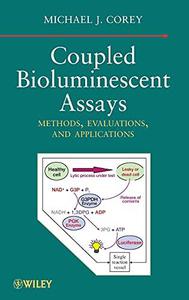
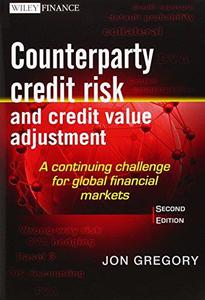
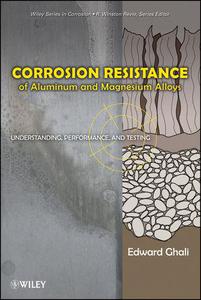
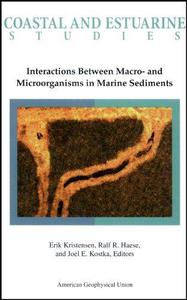
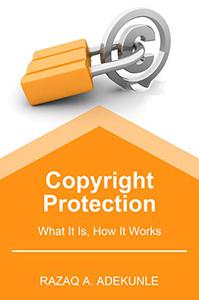
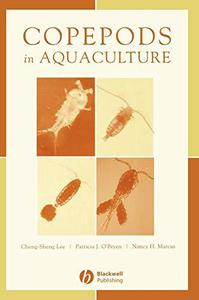







![David Gilmour - Luck and Strange (2024) [FLAC]](https://i.imgur.com/everaBc.jpeg)
![Męskie Granie Orkiestra - Męskie Granie 2024 (2024) [FLAC]](https://i.imgur.com/FAyOxrM.jpeg)
![The Rolling Stones - Hackney Diamonds (2023) [FLAC]](https://i.imgur.com/wCkyyUN.jpg)
![Lady Gaga - Harlequin (2024) [FLAC]](https://i.imgur.com/dcgIA8D.jpeg)
![Natalia Kukulska - Dobrostan (2024) [FLAC]](https://i.imgur.com/bdljG3O.jpeg)
![Kaśka Sochacka - Ta druga (2024) [FLAC]](https://i.imgur.com/hORQKvn.jpeg)
![Kuba Sienkiewicz - Pani Bóg (2024) [FLAC]](https://i.imgur.com/qijCx8Z.jpeg)
![Lanberry - Heca (2024) [FLAC]](https://i.imgur.com/8P7QfeR.jpeg)
![Sara James - PLAYHOUSE (2024) [FLAC]](https://i.imgur.com/m4f8OKg.jpeg)
![Grzegorz Hyży - EPILOG (2024) [FLAC]](https://i.imgur.com/8DA2sBr.jpeg)
![Myslovitz - WIECZORAMI CHŁOPCY WYCHODZĄ NA ULICE (2024) [FLAC]](https://i.imgur.com/l9mMtIG.jpeg)
![Krzysztof Zalewski - ZGŁOWY (2024) [FLAC]](https://i.imgur.com/vh48RAc.jpeg)
![Krzysztof Cugowski - Wiek to tylko liczba (2024) [FLAC]](https://i.imgur.com/SBzgqe2.jpeg)
![Nosowska - Kasia i Błażej (2024) [FLAC]](https://i.imgur.com/mObvVXQ.jpeg)
![sanah - Pianinkowe Kaprysy (2024) [FLAC]](https://i.imgur.com/pVjjPAa.jpeg)
![Kwiat Jabłoni - Pokaz slajdów (2023) [FLAC]](https://i.imgur.com/diERHfZ.jpg)
![Robert Cichy - Spacer po Warszawie (2024) [FLAC]](https://i.imgur.com/ixleU9o.jpeg)
![Viki Gabor - Terminal 3 (2024) [FLAC]](https://i.imgur.com/Q1KCnDs.jpeg)
![Sanah - Kaprysy (2024) [FLAC]](https://i.imgur.com/71OZm4h.jpeg)
![Męskie Granie Orkiestra - Męskie Granie 2023 (2023) [FLAC]](https://i.imgur.com/U4YHo8d.jpg)




